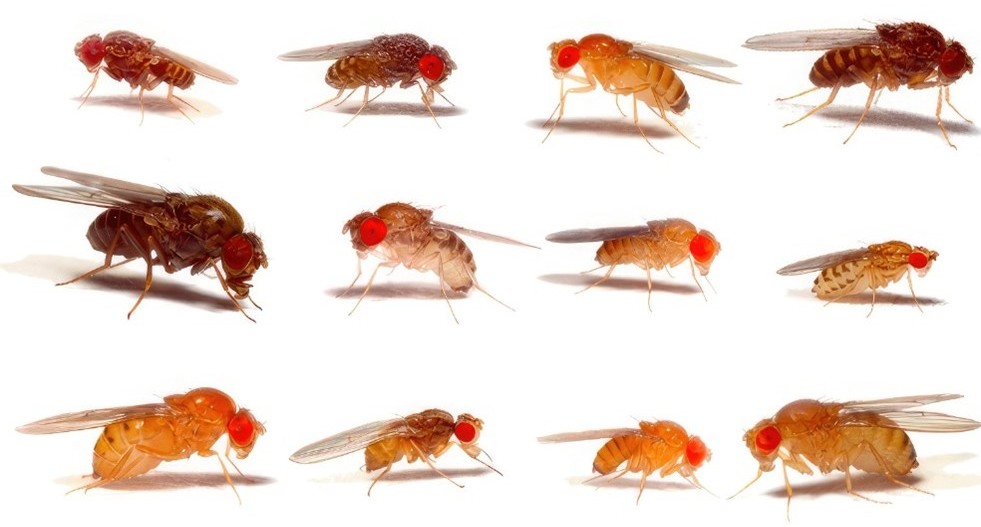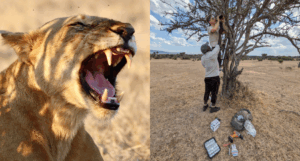Study shows some species are susceptible to broad range of viruses

Credit Prof Darren Obbard
A study of fruit flies shows some species are highly susceptible to a wide range of viruses.
In the study – by the University of Exeter – 35 fruit fly species were exposed to 11 different viruses of diverse types.
As expected, fly species that were less affected by a certain virus also tended to respond well to related viruses.
But the findings also show “positive correlations in susceptibility” to viruses in general. In other words, fly species that were resistant to one virus were generally resistant to others – including very different types of virus.
“Large-scale tests like this help us understand how pathogens shift to new host species, with findings broadly applicable to other animals – including humans,” said Dr Ryan Imrie, now at the MRC-University of Glasgow Centre for Virus Research.
“These flies shared a common ancestor 50 million years ago, giving them equivalent diversity to mammals, and so we are asking questions over the evolutionary distances which host shifts typically occur.
“Lots of people are trying to predict the next pandemic.
“It’s impossible to test every virus, so we need to try and understand general rules about how viruses behave in new hosts.”
Professor Ben Longdon, of the Centre for Ecology and Conservation on Exeter’s Penryn Campus in Cornwall, added: “Information about new viruses can partly be inferred from their relatedness to existing viruses.
“However, a small number of mutations can change that – giving new viruses very different properties than their close relatives.
“Studies like this can help reveal the fundamental processes behind this.”
Susceptibility in the study was measured by “viral load” – how much a virus had replicated and persisted two days into an infection.
Explaining why some fly species might be generally poor at resisting viruses, Dr Longdon said: “Immunity is very costly, so the highly susceptible species in our study may be ones that evolved in an environment with relatively few viruses, or species that viruses are particularly well able to hijack and successfully infect.
“We found no negative correlations (where high resistance to one virus came with low resistance to another).
“This could suggest that, as fruit fly immune systems have evolved in response to infection, they have not resulted in ‘trade-offs’ where increased resistance to one virus has decreased resistance to others.”
The study was funded by the Wellcome Trust and the Royal Society.
The paper, published in the journal Evolution Letters, is entitled: “Positive correlations in susceptibility to a diverse panel of viruses across Drosophilidae host species.”



